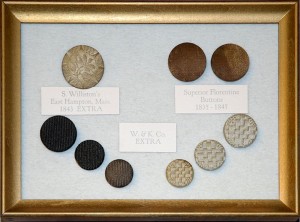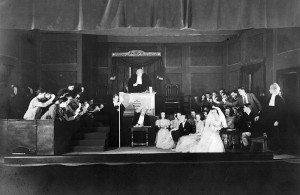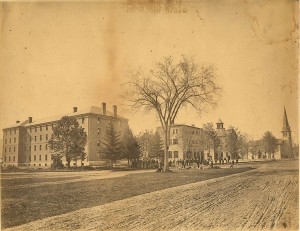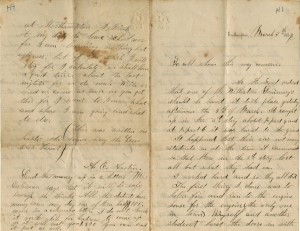
The fabric-covered buttons that made Samuel and Emily Williston’s fortune began humbly enough. Most small-town and rural families, regardless of occupation, had a cash- or barter-producing sideline; Emily, a talented seamstress, made buttons to supplement her family’s meager income. The date is uncertain, but sometime early in the 1820s, she had the opportunity to dismantle a fancy button of foreign manufacture and see how it was made. The several versions of the story are the stuff of legend (and a future blog post); what she and Samuel did with the information is a matter of history.
They organized as many as 1,000 households throughout western Massachusetts – a gigantic cottage industry – in sewing buttons to Emily’s design. Essentially, fabric was cleverly sewn around a wooden center. Emily provided patterns and instruction; Samuel, materials, cartage, warehousing, marketing. The buttons produced income beyond anything the Willistons might have dreamed. The demand for S. Williston buttons was so great that by 1827, Williston created a “budget” line – fundamentally, discounted seconds – of buttons that sold under another name. He wanted the public to associate his brand only with the best-quality product.




